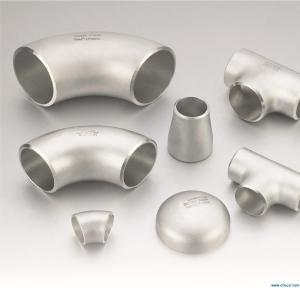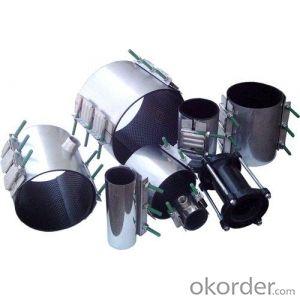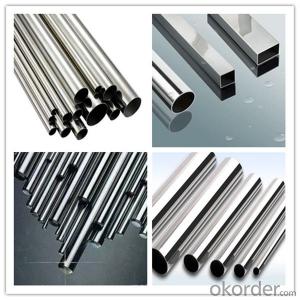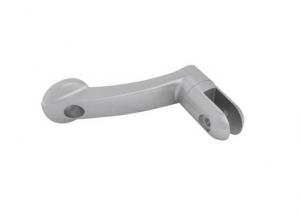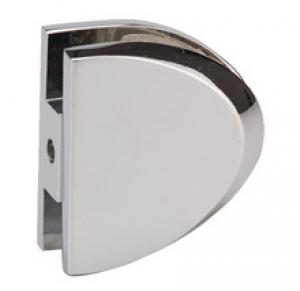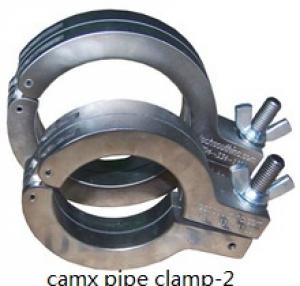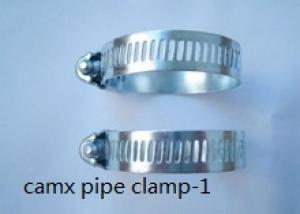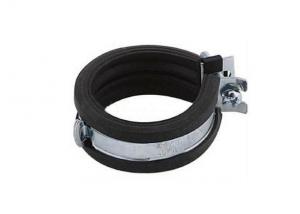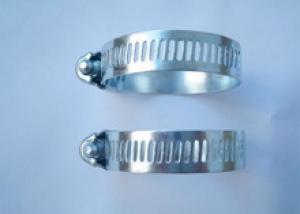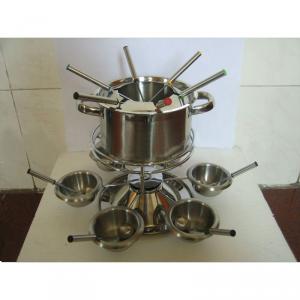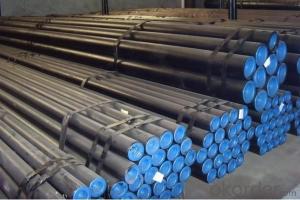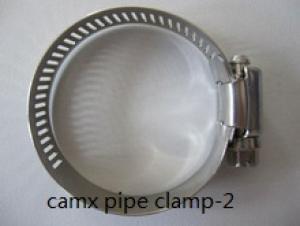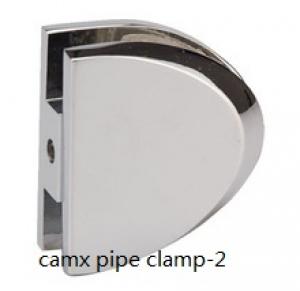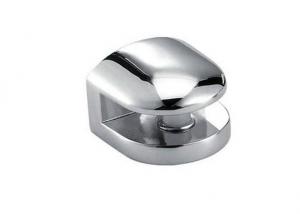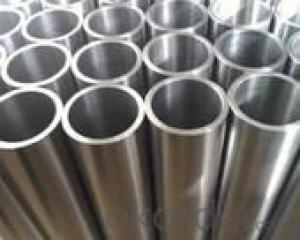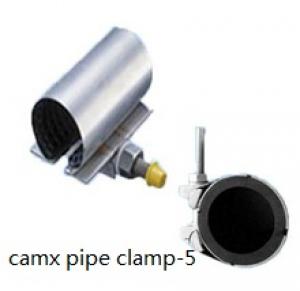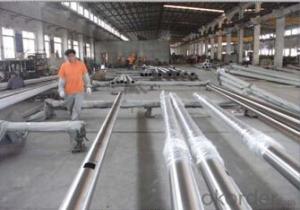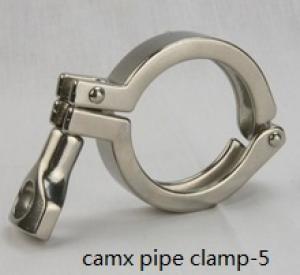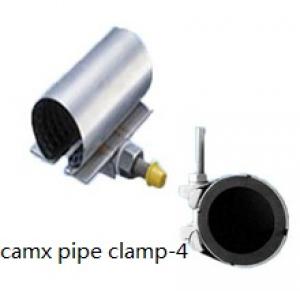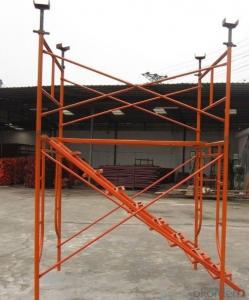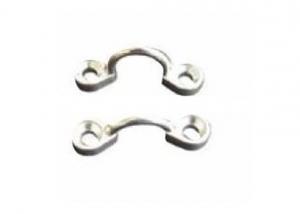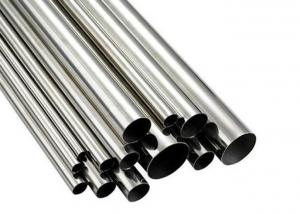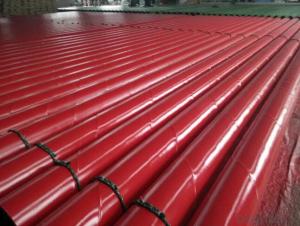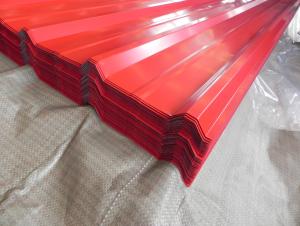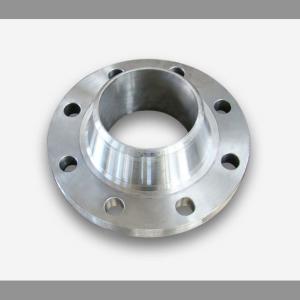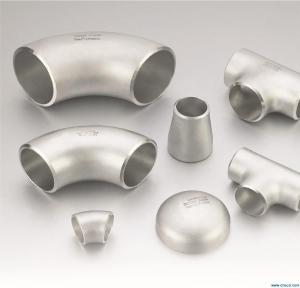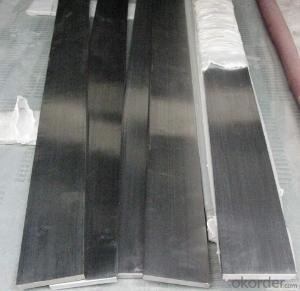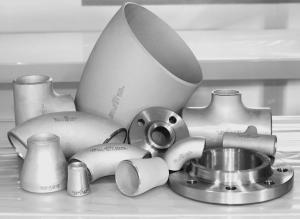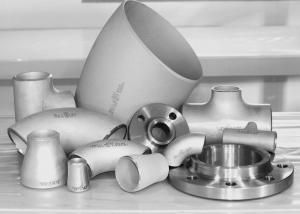Stainless Steel Chimney Cap
Stainless Steel Chimney Cap Related Searches
Chimney Cap Stainless Steel Stainless Steel Chimney Caps Chimney Caps Stainless Steel Stainless Steel Cap Stainless Steel Chimney Stainless Steel Chimney Pipe Chimney Pipe Stainless Steel Stainless Steel End Caps Stainless Steel Pipe Clamp Stainless Steel Chimney Liner Stainless Steel Tap Stainless Steel Cover Stainless Steel Clamp Stainless Steel Pipe Clamps Chimney Liner Stainless Steel Stainless Steel Chimney Liners Stainless Steel Lamp Stainless Steel Wrap Stainless Steel Top Stainless Steel Snaps Stainless Steel Strap Stainless Steel Piping Stainless Steel Tape Stainless Steel Roof Stainless Steel Clasp Stainless Steel Roofing Stainless Steel Drain Cover Stainless Steel Tube Clamps Stainless Steel Pipes Stainless Steel ClipStainless Steel Chimney Cap Supplier & Manufacturer from China
Stainless Steel Chimney Caps are designed to protect your chimney from various external elements such as rain, debris, and birds. These caps are made from high-quality stainless steel, ensuring durability and resistance to corrosion. They are an essential addition to any chimney system, providing a barrier against unwanted intrusions while maintaining proper ventilation.The application of Stainless Steel Chimney Caps is extensive, as they are used in both residential and commercial settings. They are particularly useful in preventing water damage, reducing the risk of chimney fires, and keeping pests out of the chimney. These caps are also beneficial in maintaining the efficiency of your heating system by preventing drafts and ensuring that the heat generated is directed towards your living space rather than being wasted through the chimney.
Okorder.com is a leading wholesale supplier of Stainless Steel Chimney Caps, boasting a large inventory to cater to the diverse needs of customers. As a reliable source for these products, Okorder.com ensures that customers receive high-quality Stainless Steel Chimney Caps at competitive prices. The company's commitment to customer satisfaction and providing top-notch products makes it a go-to destination for those in need of reliable and efficient chimney protection solutions.
Hot Products
